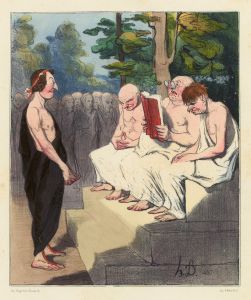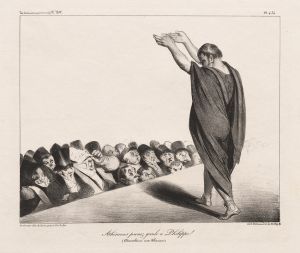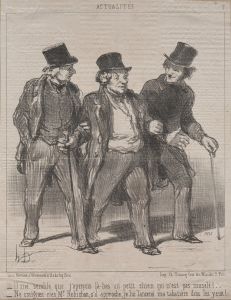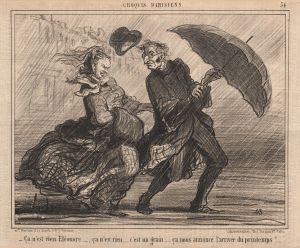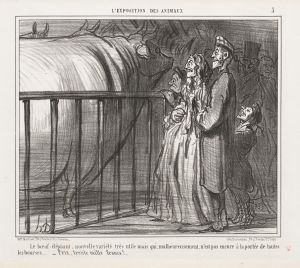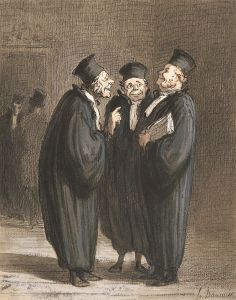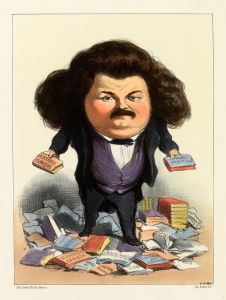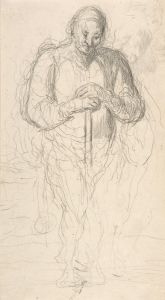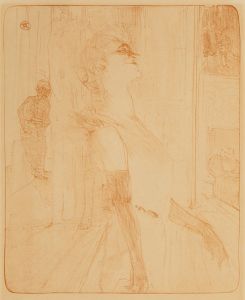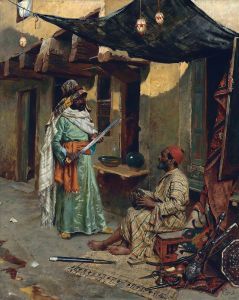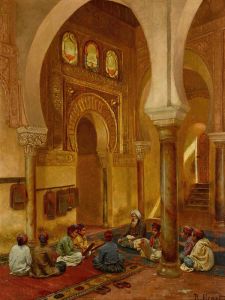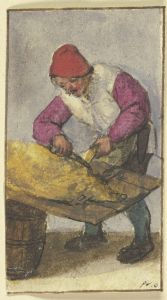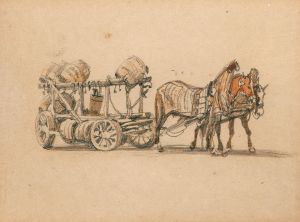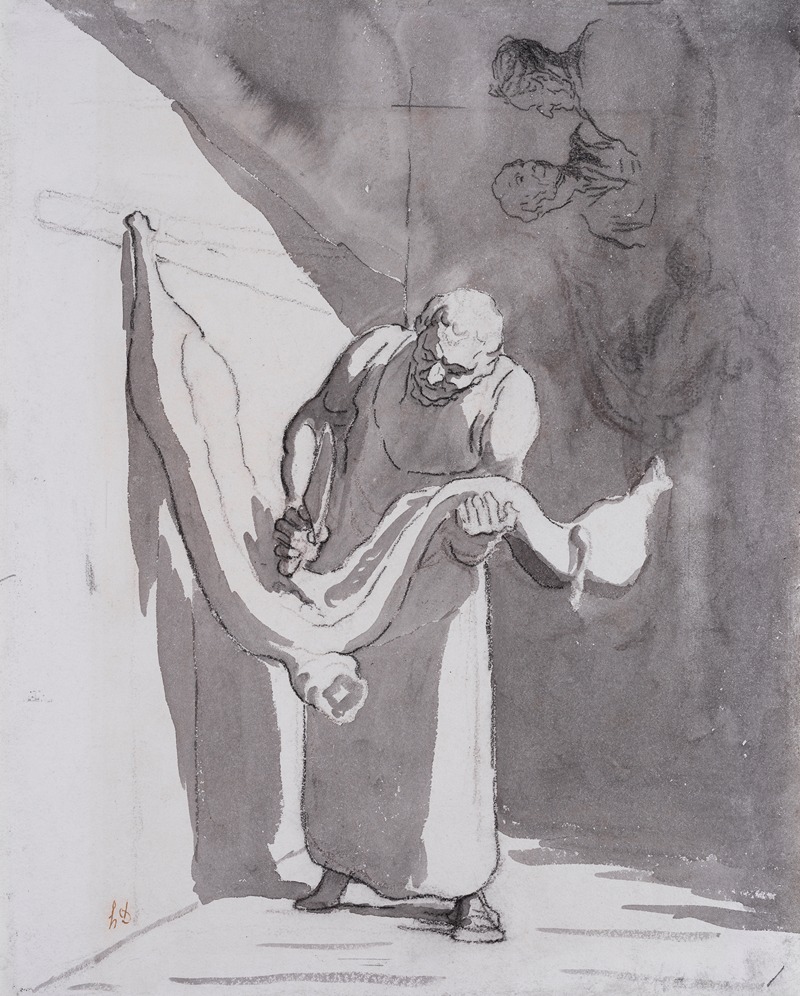
Le boucher
A hand-painted replica of Honoré Daumier’s masterpiece Le boucher, meticulously crafted by professional artists to capture the true essence of the original. Each piece is created with museum-quality canvas and rare mineral pigments, carefully painted by experienced artists with delicate brushstrokes and rich, layered colors to perfectly recreate the texture of the original artwork. Unlike machine-printed reproductions, this hand-painted version brings the painting to life, infused with the artist’s emotions and skill in every stroke. Whether for personal collection or home decoration, it instantly elevates the artistic atmosphere of any space.
Honoré Daumier, a prominent French artist known for his caricatures, paintings, and sculptures, created a body of work that often critiqued the social and political landscape of 19th-century France. However, there is no widely recognized painting titled "Le boucher" by Honoré Daumier. Daumier's oeuvre is extensive, but it is primarily celebrated for his lithographs and caricatures published in newspapers such as "La Caricature" and "Le Charivari," as well as his paintings that often depicted scenes of everyday life and social commentary.
Daumier was born in Marseille in 1808 and moved to Paris with his family in 1816. He began his artistic career as a lithographer, a medium that allowed him to reach a broad audience and comment on the political and social issues of his time. His work often targeted the bourgeoisie, the legal system, and political figures, using satire to highlight the absurdities and injustices he perceived in society.
One of Daumier's most famous series of lithographs is "Les Gens de Justice" (The Lawyers), which humorously critiques the legal profession. His ability to capture the essence of his subjects with exaggerated features and expressions made his work both popular and influential. Daumier's caricatures were not only entertaining but also served as a form of social critique, reflecting the tensions and changes occurring in France during his lifetime.
In addition to his lithographs, Daumier was also a painter and sculptor. His paintings, although less well-known during his lifetime, have gained recognition for their expressive style and social themes. Works such as "The Third-Class Carriage" and "The Laundress" depict the lives of ordinary people with empathy and realism, showcasing Daumier's keen observation of human nature and society.
Daumier's sculptures, particularly his busts of French political figures, further demonstrate his skill in capturing character and expression. These works, like his lithographs, often contained a satirical edge, reflecting his critical view of the political landscape.
Despite his prolific output and the impact of his work, Daumier struggled financially throughout his life. He lived modestly and faced periods of hardship, particularly after the decline of the popularity of political caricature following the establishment of press censorship in the 1830s and 1840s.
Daumier's legacy is significant, influencing later artists such as Vincent van Gogh and Pablo Picasso. His ability to blend art with social commentary has ensured his place as a key figure in the history of art, particularly in the realm of political and social satire.
In summary, while Honoré Daumier is a celebrated artist known for his incisive social and political commentary through lithographs, paintings, and sculptures, there is no specific painting titled "Le boucher" attributed to him in the recognized catalog of his works. His contributions to art remain influential, marked by his keen observation and satirical edge.





